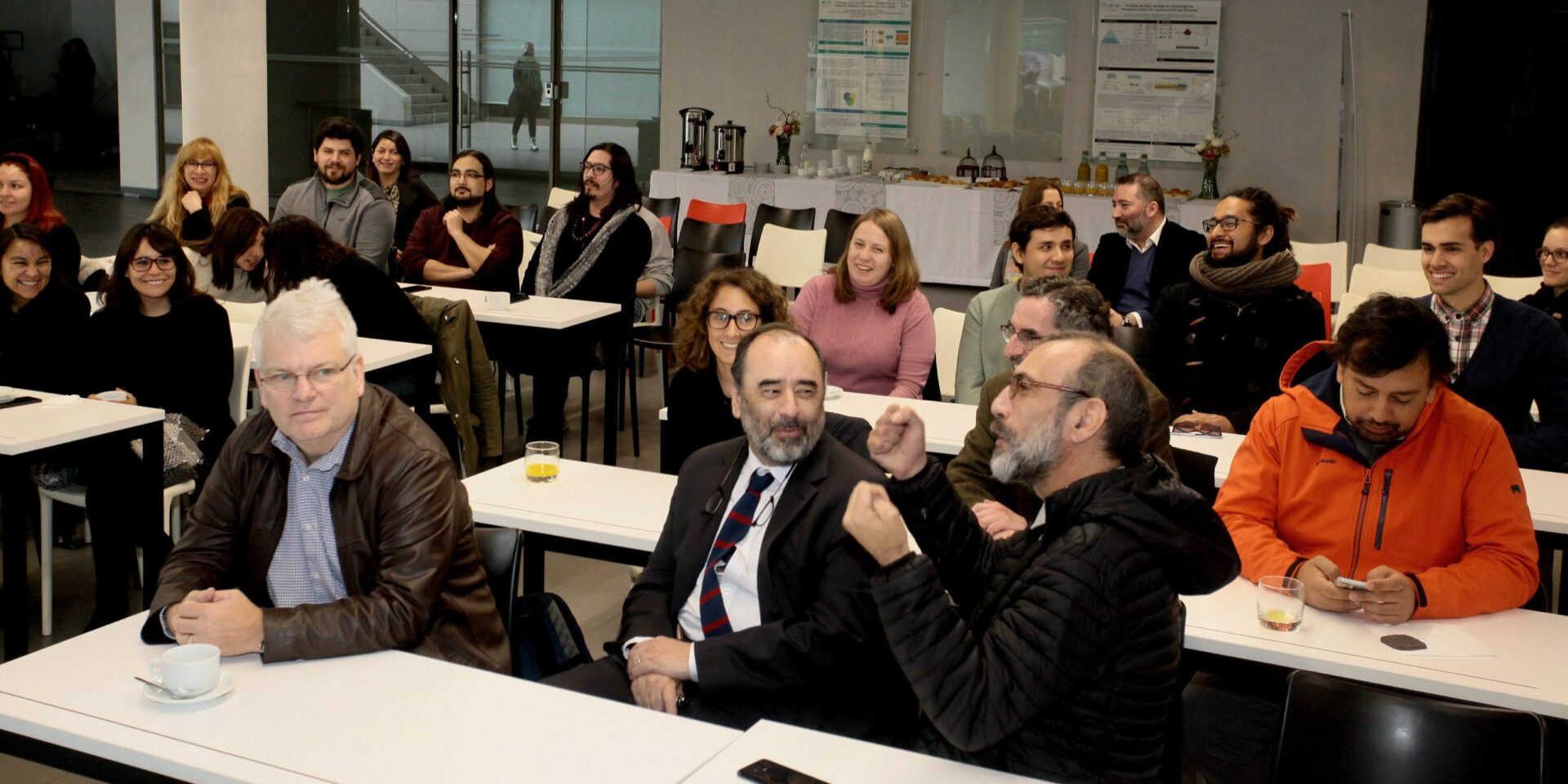
Figueroa, O., Muñoz-Reyes, J. A., Rodriguez-Sickert, C., Valenzuela, N., Pavez, P., Ramírez-Herrera, O., … & Polo, P. (2020). Testing strategic pluralism: The roles of attractiveness and competitive abilities to understand conditionality in men’s short-term reproductive strategies. PloS one, 15(8), e0237315.
Abstract
The decision to allocate time and energy to find multiple sexual partners or raise children is a fundamental reproductive trade-off. The Strategic Pluralism Hypothesis argues that human reproductive strategies are facultatively calibrated towards either investing in mating or parenting (or a mixture), according to the expression of features dependent on the individual’s condition. This study seeks to test predictions derived from this hypothesis in a sample of 242 young men (M ± SD = 22.12 ± 3.08) from Chile’s 5th Region (33֯ south latitude). Specifically, two predictions were considered that raise questions about the relationship between traits related to physical and psychological attractiveness (fluctuating facial asymmetry and self-perception of attractiveness) and competitive skills (baseline testosterone and self-perception of fighting ability) with short-term reproductive strategies. Our results indicate that psychological features related to the self-perception of physical attractiveness are related to short-term reproductive strategies. However, no evidence was found that fluctuating facial asymmetry, basal levels of testosterone and self-perception of fighting ability were related to short-term reproductive strategies. These results support the existing evidence of the importance of physical attractiveness in calibrating men’s reproductive strategies but cast doubts about the role of fluctuating facial asymmetry. They also suggest that traits related to physical attractiveness, in comparison to competitive capabilities, play a more important role in calibrating men’s short-term reproductive strategies.
Read the paper here